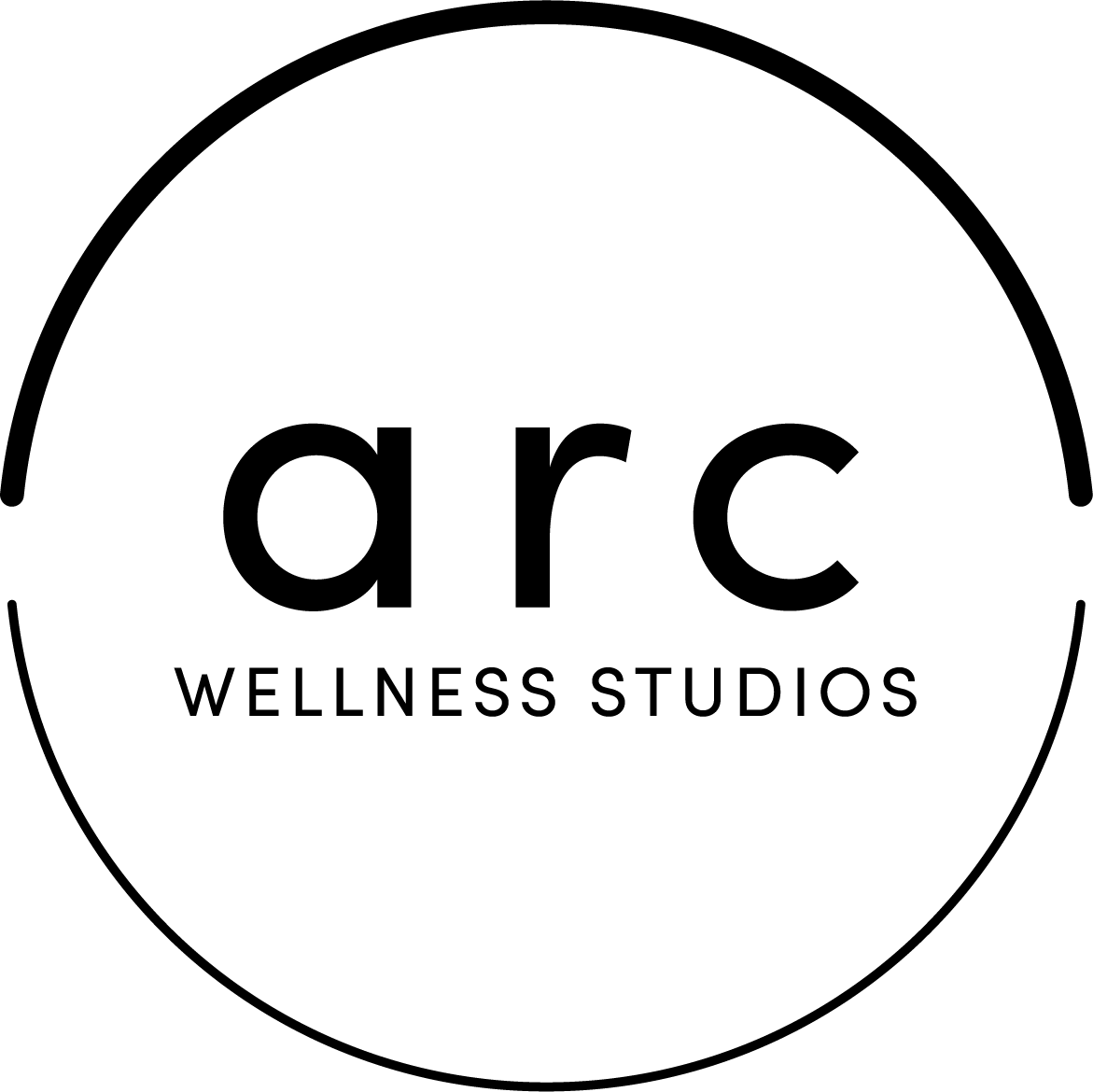The Benefits of Dry Needling:
Dry needling has emerged as a promising technique that blends elements of acupuncture and western medicine. This minimally invasive procedure has gained traction for its potential to alleviate pain, enhance mobility, and promote overall well-being. In this blog post, we'll delve into the concept of dry needling, exploring what it is and highlighting the diverse benefits it offers to those seeking relief from a range of musculoskeletal issues.
Understanding Dry Needling
Dry needling is a therapeutic technique that involves the insertion of thin, filament-like needles into specific trigger points, muscles, or soft tissues of the body. Unlike acupuncture, which is rooted in traditional Chinese medicine and focuses on balancing energy flow through meridians, dry needling is grounded in Western anatomical and neurophysiological principles. The primary aim of dry needling is to target myofascial trigger points, which are hyper-irritable spots in muscles associated with taut bands, pain, and restricted movement.
The Process
During a dry needling session, a trained and licensed practitioner inserts sterile needles through the skin and into the underlying tissues. These needles are "dry," meaning they don't introduce any substances into the body. Once the needle is inserted, it can stimulate the trigger point, causing the muscle to twitch and subsequently release tension. The release of tension often leads to pain relief, improved blood flow, and enhanced muscle function.
Benefits of Dry Needling
Pain Relief: One of the most significant benefits of dry needling is its potential to alleviate pain. By targeting trigger points and releasing muscle tension, the procedure can provide rapid and lasting relief from acute and chronic pain conditions such as lower back pain, neck pain, headaches, and even sports-related injuries.
Improved Muscle Function: Muscular knots and trigger points can impair muscle function, leading to reduced range of motion and flexibility. Dry needling can restore proper muscle function by releasing tension and promoting optimal muscle contraction and relaxation.
Enhanced Blood Flow: The insertion of needles stimulates blood flow to the targeted areas. Improved circulation can accelerate the delivery of nutrients and oxygen to muscles, aiding in tissue repair and overall healing.
Nerve Regulation: Dry needling has been shown to influence the nervous system by altering pain signaling pathways. This can lead to reduced pain perception and improved neurological function.
Complementary to Physical Therapy: Dry needling often complements traditional physical therapy approaches. Integrating dry needling into a rehabilitation plan can accelerate recovery, enhance the effectiveness of exercises, and provide quicker pain relief.
Holistic Approach: Dry needling takes a holistic approach to healing by considering the interconnectedness of various body systems. By addressing the root causes of pain and dysfunction, it can promote not only physical but also mental well-being.
Minimal Side Effects: Dry needling is generally considered safe when performed by trained professionals. Compared to some conventional treatments, it involves minimal side effects and carries a lower risk of complications.
In the pursuit of pain relief and improved quality of life, individuals are increasingly turning to alternative therapies that go beyond conventional methods. Dry needling stands out as a technique that combines the principles of Western medicine with the targeted approach of acupuncture. By addressing trigger points, releasing muscle tension, and promoting natural healing processes, dry needling offers a range of benefits for those seeking relief from musculoskeletal issues. As with any medical procedure, it's essential to consult a qualified healthcare provider before undergoing dry needling to determine if it's an appropriate option for your specific condition.
Contact us to book a Physiotherapist for dry needling or make
